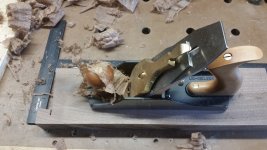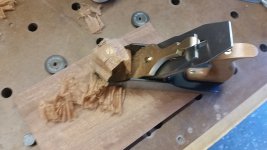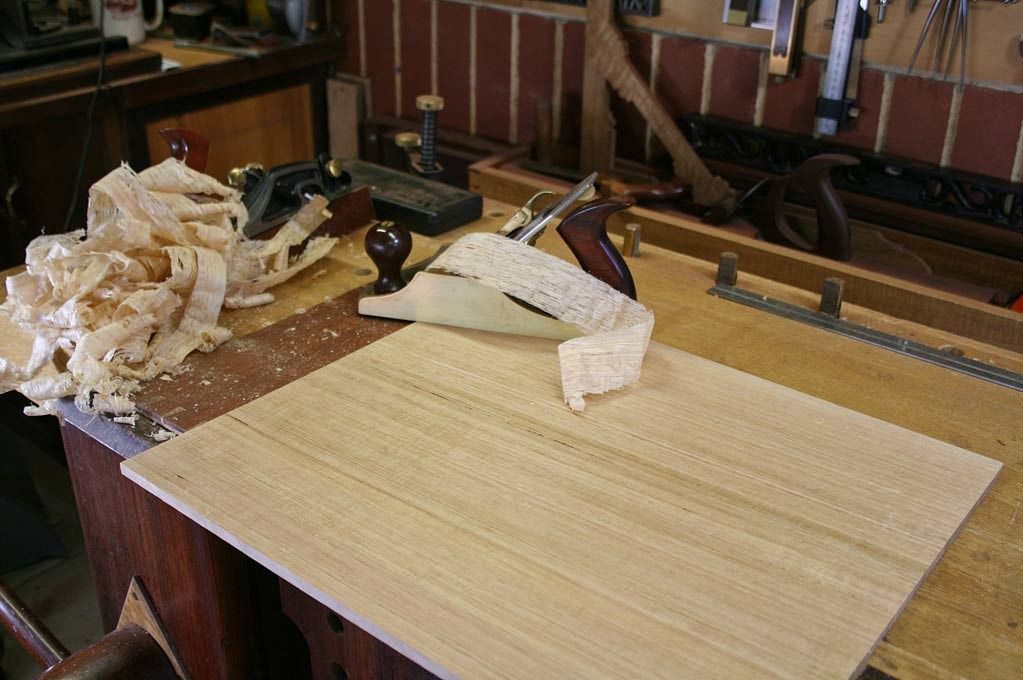ear3
Member
- Joined
- Jul 24, 2014
- Messages
- 4,341
I haven't done a lot of smoothing work with a plane yet, and what I've done I've just used my jack plane set to take a very thin shaving, but I think I'm ready to get a proper smoothing plane.
So basic question -- since you want to minimize the risk of tearout on all plane work, but especially at the final stage, why wouldn't you just always have a high angle frog mounted on the smoothing plane? Since you are taking such thin shavings anyway, it would seem like you are not making the work any more difficult with the extra force normally needed to push a blade bedded at a high angle through the wood. I ask because with LN you get to specify the frog angle, and as I already have the no. 7 jointer, I would be able to swap frogs with the no. 4 1/2 smoothing plane I'm looking to get.
So basic question -- since you want to minimize the risk of tearout on all plane work, but especially at the final stage, why wouldn't you just always have a high angle frog mounted on the smoothing plane? Since you are taking such thin shavings anyway, it would seem like you are not making the work any more difficult with the extra force normally needed to push a blade bedded at a high angle through the wood. I ask because with LN you get to specify the frog angle, and as I already have the no. 7 jointer, I would be able to swap frogs with the no. 4 1/2 smoothing plane I'm looking to get.





